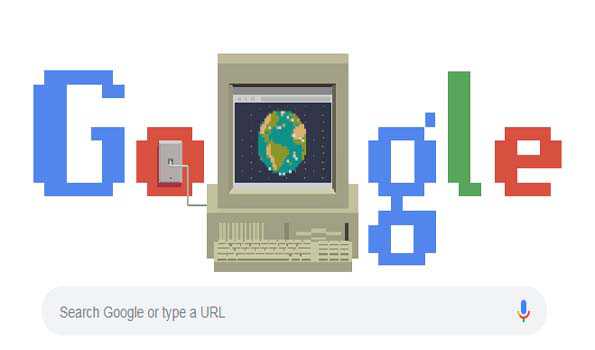World Wide Web (www), the leading information retrieval service of the Internet, turned 30 on Tuesday. To mark this day, famous search engine Google, dedicated an animated Doodle to the World Wide Web
Google Doodle said in its description that “Vague but exciting.” This was how Sir Tim Berners-Lee’s boss responded to his proposal titled “Information Management: A Proposal,” submitted on this day in 1989, when the inventor of the World Wide Web was a 33-year-old software engineer.
Initially, Berners-Lee envisioned “a large hypertext database with typed links,”named “Mesh,” to help his colleagues at CERN (a large nuclear physics laboratory in Switzerland) share information amongst multiple computers.
Berners-Lee’s boss allowed him time to develop the humble flowchart into a working model, writing the HTML language, the HTTP application, and WorldWideWeb.app— the first Web browser and page editor. By 1991, the external Web servers were up and running.
The Web would soon revolutionize life as we know it, ushering in the information age. Today, there are nearly 2 billion websites online. Whether you use it for email, homework, gaming, or checking out videos of cute puppies, chances are you can’t imagine life without the Web.
Not to be confused with the internet, which had been evolving since the 1960s, the World Wide Web is an online application built upon innovations like HTML language, URL “addresses,” and hypertext transfer protocol, or HTTP. The Web has also become a decentralized community, founded on principles of universality, consensus, and bottom-up design.
“There are very few innovations that have truly changed everything,” said Jeff Jaffe, CEO of the World Wide Web Consortium. “The Web is the most impactful innovation of our time.” (UNI)




